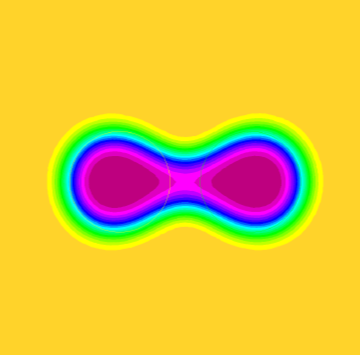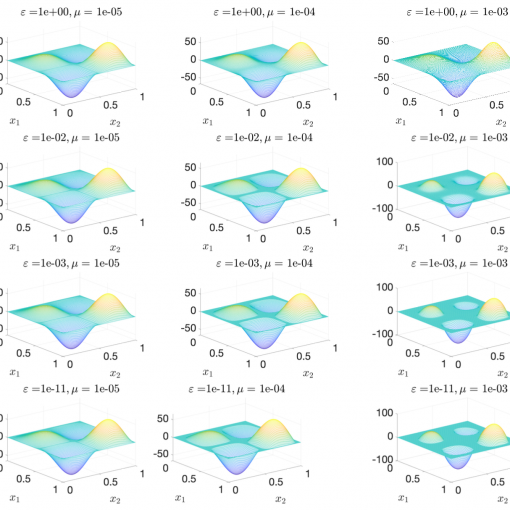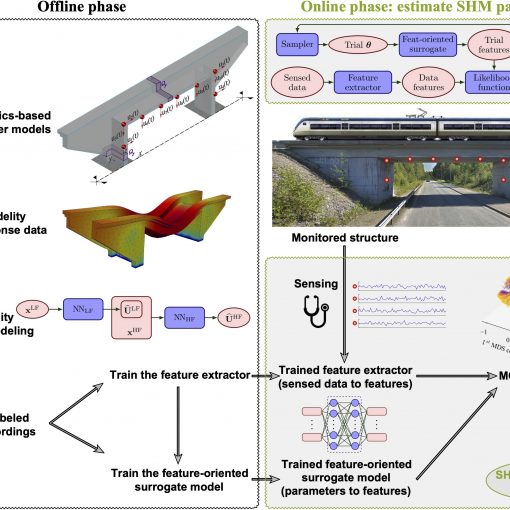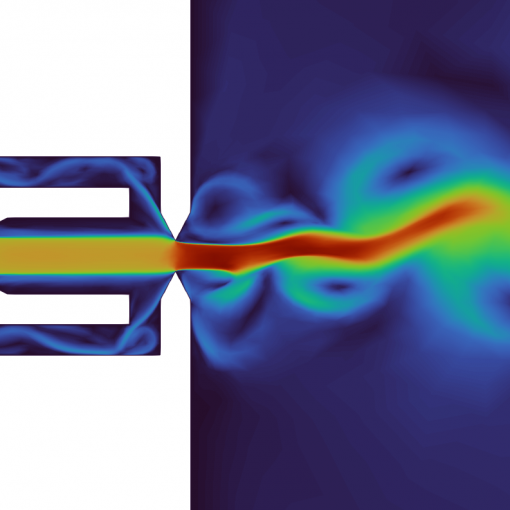A new MOX Report entitled “A diffuse interface model of tumour evolution under a finite elastic confinement” by Agosti, A.; Bardin, R.; Ciarletta, P.; Grasselli, M. has appeared in the MOX Report Collection.
Check it out here: https://www.mate.polimi.it/biblioteca/add/qmox/79-2023.pdf
Abstract: Diffuse interface models have gained a growing interest in cancer research for their ability to investigate the mechano-biological features during tumour progression and to provide simulation tools for personalised anti-cancer strategies at an affordable computational cost. Here we propose a diffuse interface model for tumour evolution which accounts for an interfacial structure mimicking a finite elastic confinement at the tumour boundary, possibly due either to a localised elastic stress induced by host tissue displacements, or collagen remodelling in the peritumoral area. This model consists of a partial differential equation of the Cahn–Hilliard type, with degenerate mobility, single-well potential, and an elastic nonlocal term acting as the effect of a membrane confinement in the chemical potential. Using mixture theory, we derive the corresponding governing equations from thermodynamic principles based on realistic physical and biologi! cal assum ptions. First, we introduce a suitable regularized problem in order to deal with the degeneracy set of the mobility and the singularity of the potential. For this problem we find a weak solution and provide a regularity result. Then we establish suitable a priori estimates which are uniform with respect to the regularization parameters. Passing to the limit in the regularized problem, we prove existence results for different classes of weak solutions to the original problem. Finally, we propose a continuous Galerkin Finite-Element discretization of the problem, where the positivity of the discrete solution is enforced through a variational inequality. Numerical simulations in a two-dimensional domain are also discussed in three test cases for illustrative purposes.





